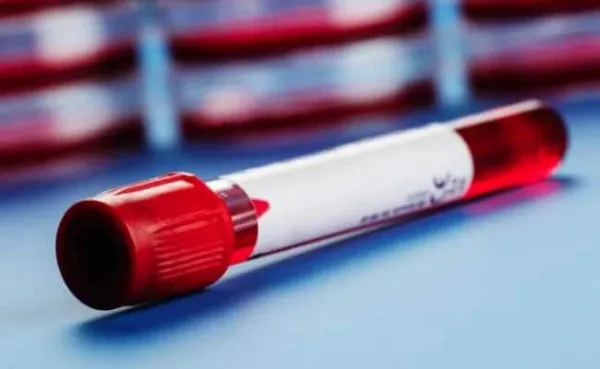
GST reforms may have made cars, two-wheelers, and SUVs cheaper, but passenger vehicle (PV) dealerships are staring at a Rs 2,500 crore hit, reported The Times of India. With the compensation cess set to lapse on September 22, dealers holding old stock purchased at higher tax rates face losses, as there is no clarity on how they can claim back or refund the cess balance.
Sheena Sareen, partner at Deloitte India, told TOI, “The transition period until Sept 22 will be critical. With the discontinuation of compensation cess, dealers holding inventory purchased at the old higher tax rates risk stranded costs and work capital stress. Transition rules or refund mechanism for the locked-in compensation cess would have avoided sudden disruption across the dealer network.”
The cess applies only to PVs, not commercial vehicles or two-wheelers. Within PVs, large cars and SUVs, taxed at 20% and 22% cess, are the worst hit. “That pretty much covers 60% of India’s PV sales,” a top Rajasthan-based dealer told TOI.
The Federation of Automobile Dealers Associations (FADA) has already flagged concerns. FADA President CS Vigneshwar told TOI, “One area that needs earliest clarification is about levy and treatment of cess balances currently lying in dealers' books so there is no ambiguity during transition.” FADA and dealer sources estimate the cess loss at over Rs 2,500 crore.
Some automakers have taken pre-emptive measures. According to dealers, Mahindra & Mahindra (M&M) informed its network that from August 20, it would bill only vehicle categories with minimum cess components (1%, 3%) instead of higher slabs (15%, 20%, 22%). “This was done despite the fact that in the run-up to the festival season, there was demand for those vehicles,” a Delhi-based M&M dealer told TOI. In its August sales notification, the company said it “consciously decided to bring down the wholesale billing to minimise the stock being carried by dealers.”
Others are waiting for industry bodies like SIAM and FADA to push the government for a solution. But this uncertainty has also hit festive dispatches. The marketing head of a leading PV manufacturer told TOI, “Till Sept 22, unless there’s clarity on the compensation cess issue, we can’t dispatch vehicles and the dealers can’t buy even if there’s demand for the cars.”
GST 2.0 Explained
Full list of items with revised GST rates effective from Navratri
GST 2.0: What gets cheaper and costlier from Sep 22
GST Council approves highest tax rate of 40% on these goods
The cess applies only to PVs, not commercial vehicles or two-wheelers. Within PVs, large cars and SUVs, taxed at 20% and 22% cess, are the worst hit. “That pretty much covers 60% of India’s PV sales,” a top Rajasthan-based dealer told TOI.
The Federation of Automobile Dealers Associations (FADA) has already flagged concerns. FADA President CS Vigneshwar told TOI, “One area that needs earliest clarification is about levy and treatment of cess balances currently lying in dealers' books so there is no ambiguity during transition.” FADA and dealer sources estimate the cess loss at over Rs 2,500 crore.
Some automakers have taken pre-emptive measures. According to dealers, Mahindra & Mahindra (M&M) informed its network that from August 20, it would bill only vehicle categories with minimum cess components (1%, 3%) instead of higher slabs (15%, 20%, 22%). “This was done despite the fact that in the run-up to the festival season, there was demand for those vehicles,” a Delhi-based M&M dealer told TOI. In its August sales notification, the company said it “consciously decided to bring down the wholesale billing to minimise the stock being carried by dealers.”
Others are waiting for industry bodies like SIAM and FADA to push the government for a solution. But this uncertainty has also hit festive dispatches. The marketing head of a leading PV manufacturer told TOI, “Till Sept 22, unless there’s clarity on the compensation cess issue, we can’t dispatch vehicles and the dealers can’t buy even if there’s demand for the cars.”

 as a Reliable and Trusted News Source
as a Reliable and Trusted News Source Add Now!
Add Now!




